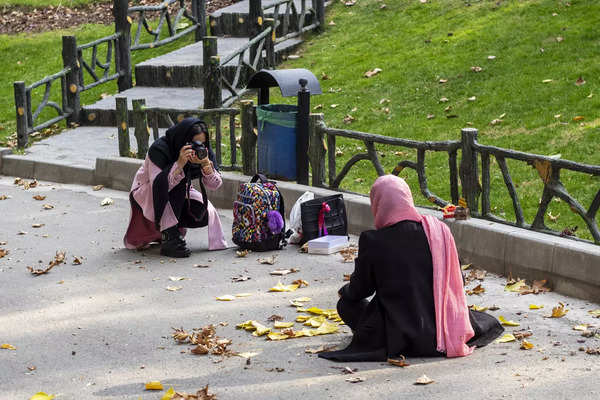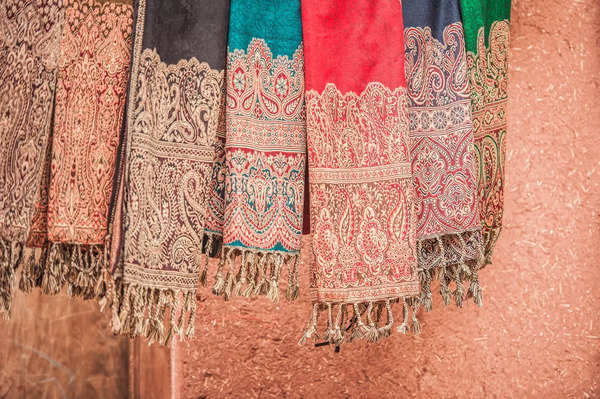Derived from the Persian word “چادر,” meaning “tent” or “veil,” the chador has been an integral part of Iranian clothing for centuries.It is a loose, usually black or dark-colored, full-body cloak that drapes over a woman’s head and reaches down to her feet. While the chador is associated with modesty and Islamic values, its roots trace back to pre-Islamic Iranian civilizations.

In contemporary Iran, the chador is worn by women as a demonstration of religious devotion, reflecting the principles of modesty outlined in Islamic teachings. It is particularly prevalent among Shia Muslim women, who interpret Islamic dress codes with an emphasis on concealing the body to preserve personal dignity and guard against immodesty.
One of the distinctive features of the chador is its simplicity, yet it carries a profound cultural identity. The fabric used for chadors is typically plain and unadorned, adhering to the principle of modesty. However, variations in style and design exist, with different regions and communities adding their own subtle touches to the garment.
Russia, Iran unite amid Ukraine conflict; share drones, missiles, deepen defense ties, face sanctions
While black is the most common color for the chador, variations in color can be found, reflecting individual preferences or regional traditions. In rural areas, women might opt for earthy tones or dark blues, aligning with local customs. The chador, therefore, becomes a canvas through which women express both their religious and cultural identity.
Beyond its religious and cultural significance, the chador also plays a role in everyday life. Women don the chador when going out in public, particularly when entering mosques, shrines, or religious gatherings. It provides a sense of privacy and sanctity, allowing women to navigate public spaces while maintaining a connection to their faith.

The history of the chador is intertwined with the broader historical narrative of Iran. It has evolved over centuries, influenced by changing political landscapes and cultural shifts. During the Pahlavi era in the 20th century, there were attempts to discourage or modify traditional dress, including the chador, as part of a broader modernization agenda. However, with the Islamic Revolution of 1979, there was a resurgence of interest and pride in traditional Islamic attire, and the chador experienced a revival.
In addition to its role as a religious and cultural garment, the chador has become a symbol of resistance and empowerment. During periods of political activism, women in Iran have used the chador to express solidarity and convey messages of protest. The garment, far from being a passive symbol, has been a powerful tool for women to assert their agency and make political statements.

